Henry Eric Bergman, was born November 10th, 1893 Dresden Germany moved to Canada in 1913 and moved to Winnipeg in 1914 where he stayed until his passing February 9th 1958. Eric Bergman was an artist, originally from Germany, who became very involved in the Crafts Guild of Manitoba in the 1930 through 1950s.
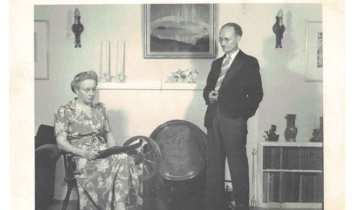
Black and white photograph of Eric and Norma Bergman
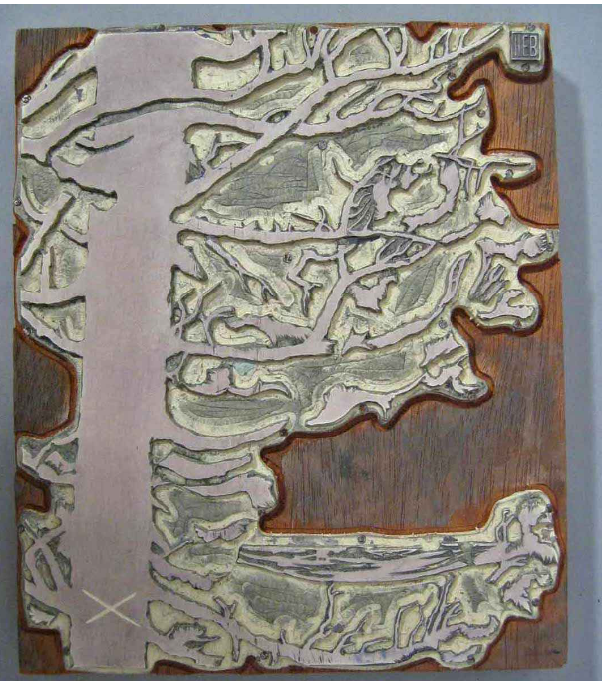
Printing Block, Mid 20th century, Eric Bergman
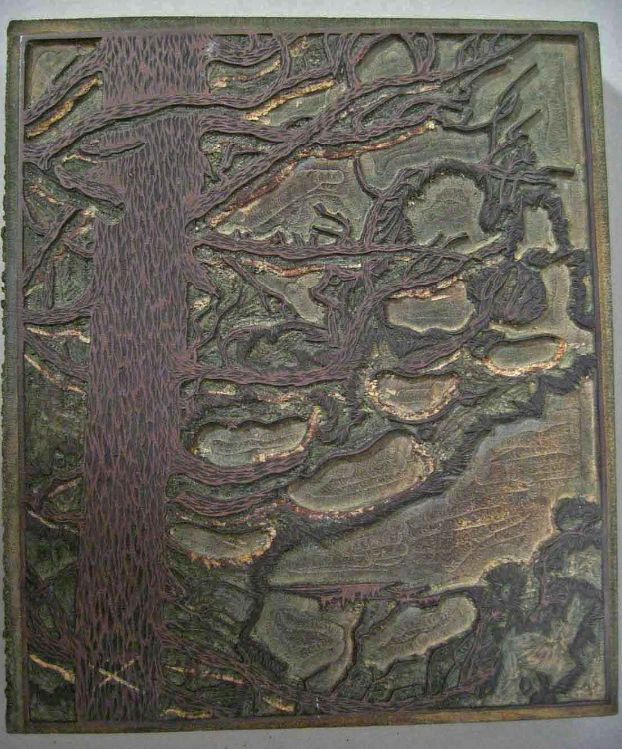
Printing Block, Mid 20th century, Eric Bergman
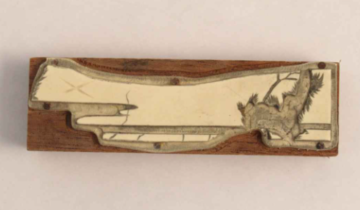
Printing Block, Mid 20th century, Eric Bergman
Bergman began his artistic endeavours first with watercolour then moving into wood carving. Through his carving practice he developed a love for engraved prints. He showed his work all over Canada the United States as well in Poland, South Africa, Australia, and United Kingdom. Bergman was well-known for his beautifully detailed imagery of Canadian landscapes as well many plant and floral studies, which were often used as reference in embroidery works by other Canadian Craft artists.
Bergman was particularly well known for printmaking, several greeting cards with his design are in the MCML Collection. Although these pieces are small, he was still able to design detailed images with several layers of colour. In our collection at MCML we have a few of these print blocks. One specific printing block series we have create a beautiful landscape image with an up-close detailed snow covered pine tree. To make this print Bergman would individually carve each block with a different layer of detail which would show up in the final prints. The results of layered ink would create a depth to these images that would not be see able until the print was finished. Bergman made many of these block print series in all different designs and sizes, some being framed and plant study prints. Some of these were sold in the Craft Guild of Manitoba gift shop.
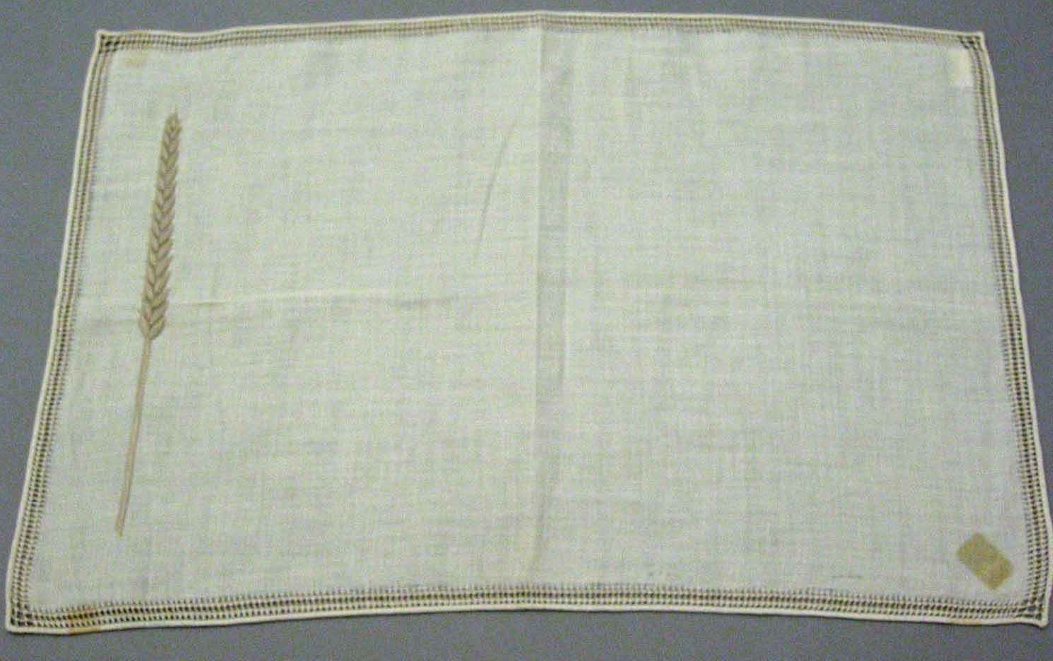
Wheat Embroidered Placemat, Mid 20th century, Eric Bergman design, embroidered by Craft Guild of Manitoba
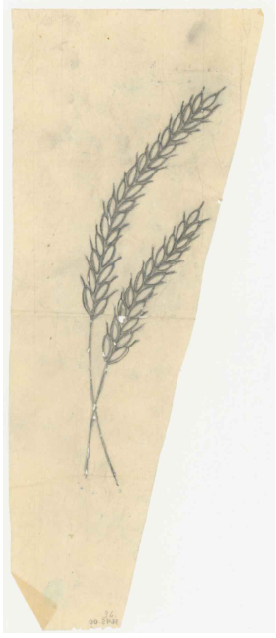
Needlework Pattern, Mid 20th century, Eric Bergman
We are not the only ones lucky enough to hold some of his works. A complete set of wood engravings and thirteen coloured woodcuts are owned by the Winnipeg Art Gallery as well seven engravings at the National Gallery in Ottawa. Several times in the 1930s and 1940s the Craft Guild of Manitoba members worked in partnership with Bergman to create works for sale or for special projects, including some such as the Wheat Embroidery, the Manitoba Sampler, Ukrainian and Polish cross stitch designs.
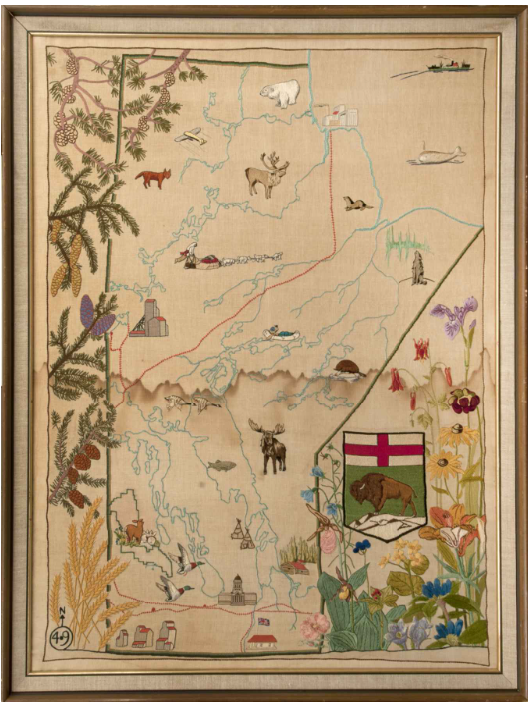
The Manitoba Sampler, 1944, Eric Bergman
The Manitoba Sampler is a large embroidered map of Manitoba featuring well-known wild flowers, coniferous trees, wheat, wild game scattered throughout (moose, beaver, wolf, fox, polar bear, whale otter, geese deer, rabbits, ducks, fish), and showing the natural resources and industries of the province. As well, there is the Legislative building, a pioneer cabin, tipi, and grain elevators on the south half of the map, and an airplane, a ship and four dogs pulling a sled on the north half of the map. A north arrow and “49” (indicating the 49th Parallel) are on the bottom left side of sampler. At least 20 different stitches were used by Manitoba Craft guild members who did the embroidering process after Bergman designed the whole map. Bergman as mentioned drew designs of wheat as well for the Crafts Guild of Manitoba members who would transfer the design over to linen handkerchiefs to sell in their shop. Bergman made his designs all by hand in drawings, which he would then convert into usable cross stitch patterns that could be followed to recreate the original design. To build the cross stich designs Bergman would have to alter his designs to fit the grid pattern to still deliver on his design but also be useable, changing widths and how certain lines appeared, to allow the design to show well. Pictured here is the wheat pattern, Manitoba sampler, and pages from the Polish and Ukrainian cross stitch patterns book titled “Wzory do Wyszywania” (“Embroidery Patterns” in Polish, which Bergman helped design).
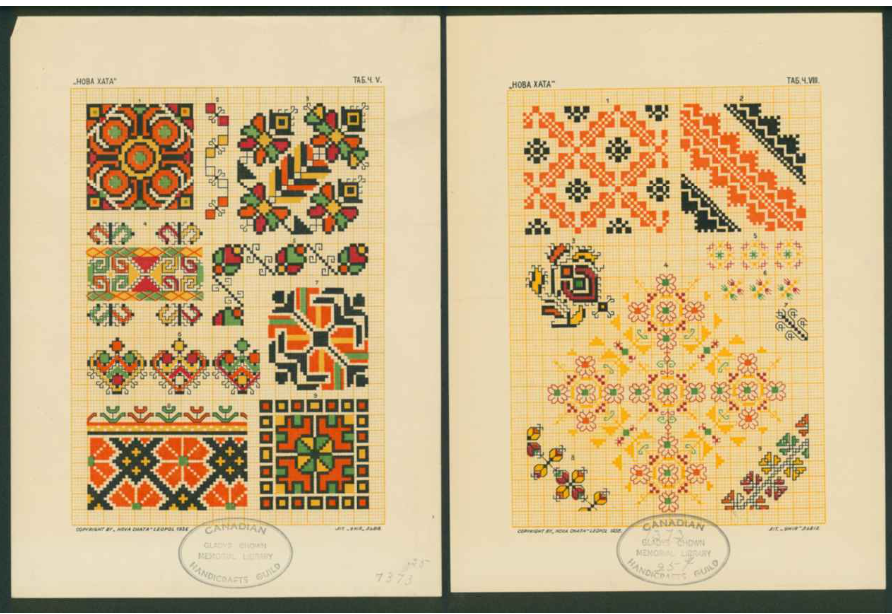
Wzory do Wyszywania, Polish and Ukrainian cross stitch book patterns, various artist including Eric Bergman, Mid 20th century
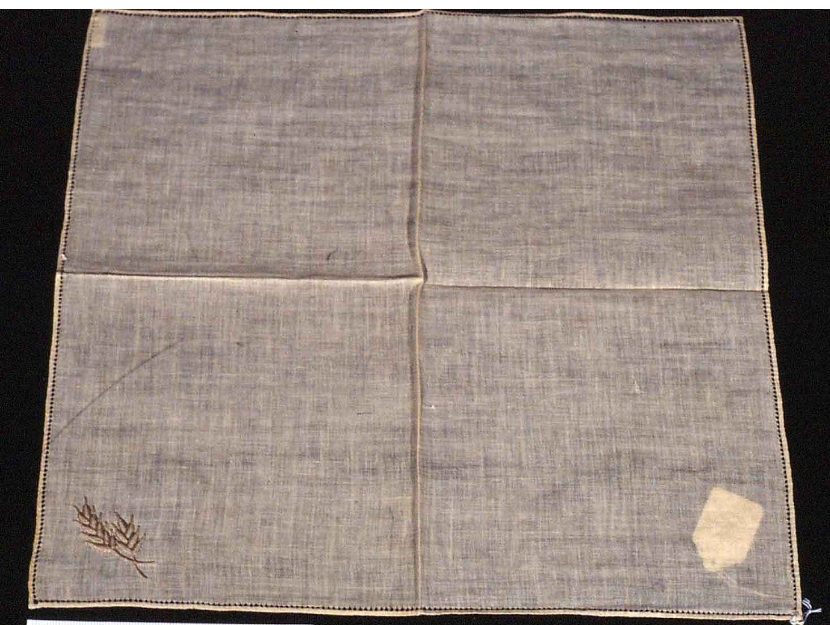
Wheat Napkin, Mid 20th century, Eric Bergman design, embroidered by Crafts Guild of Manitoba
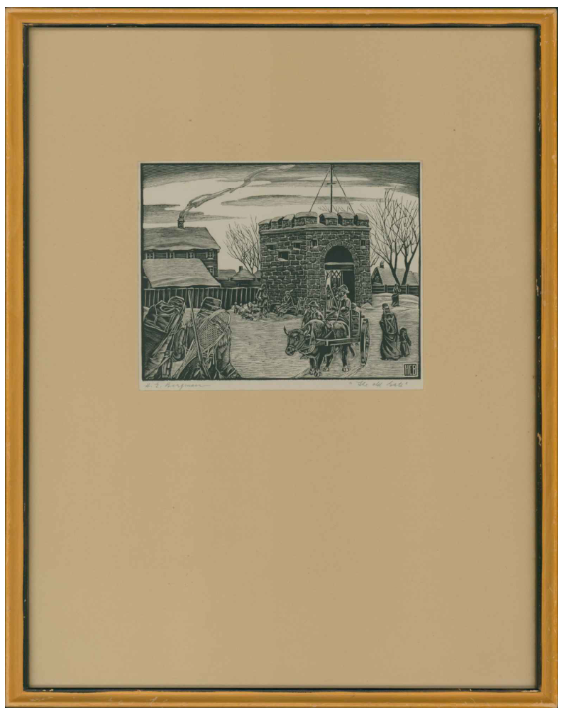
Print of winter scene , Mid 20th century, Eric Bergman
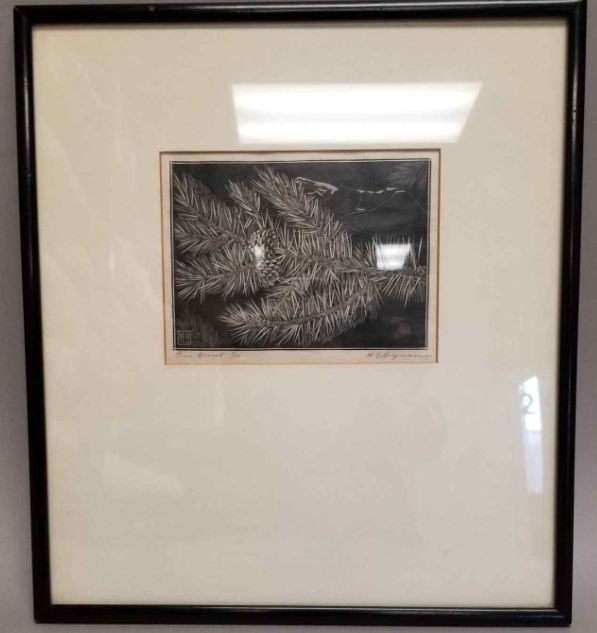
Pine Branch, Print, Mid 20th century, Eric Bergman
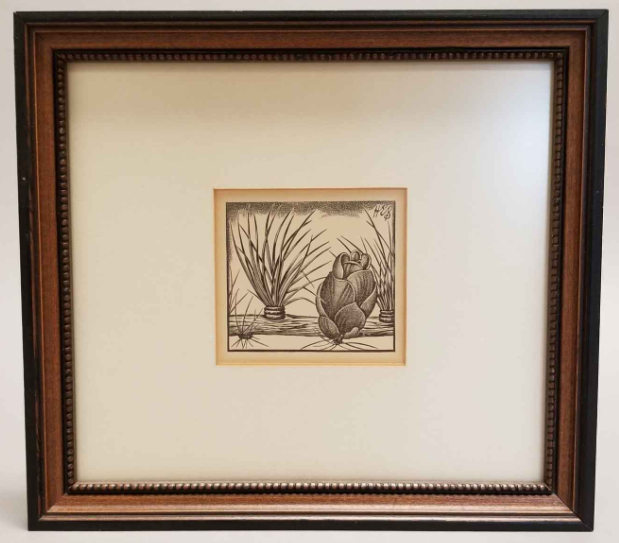
Print of pine needles and pine cone, Mid 20th century, Eric Bergman
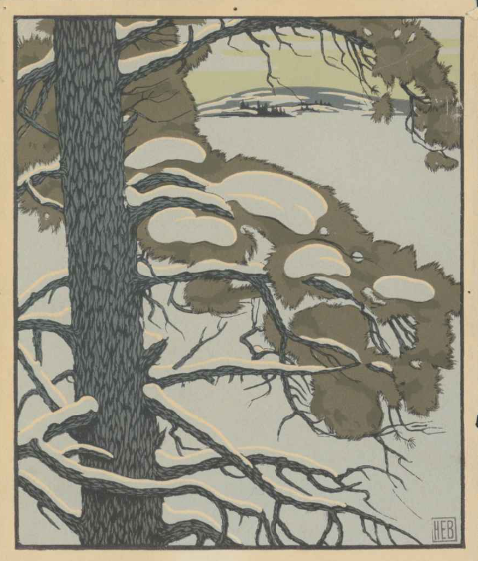
Print of snowy tree, Mid 20th century, Eric Bergman
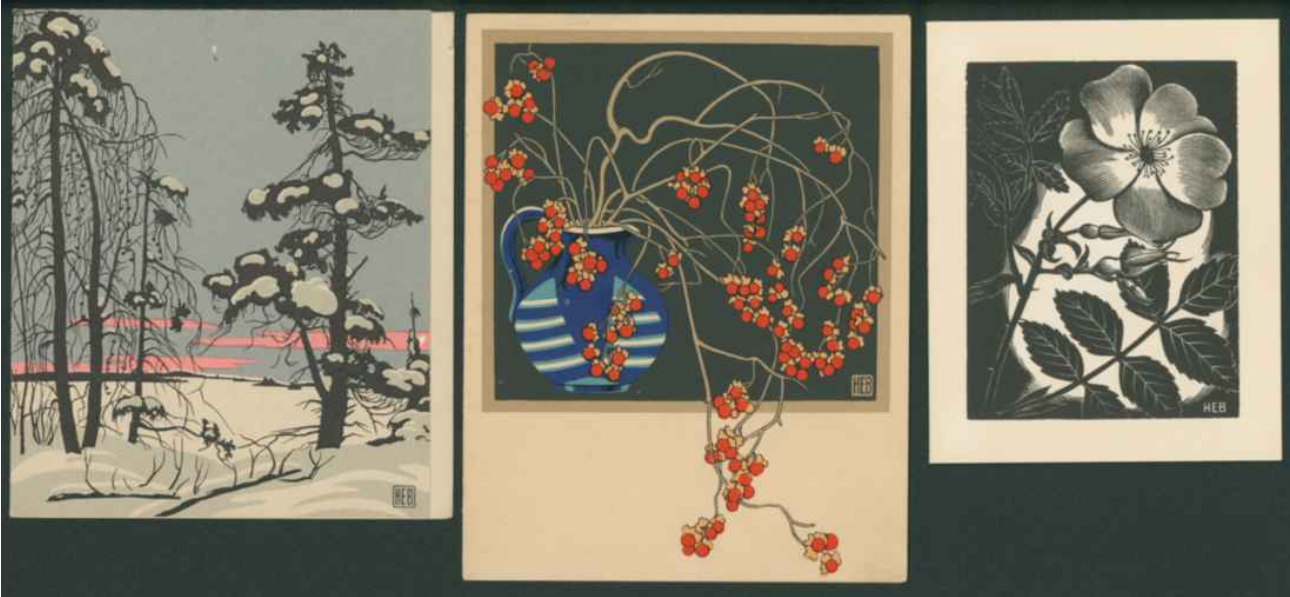
Greeting Cards, Mid 20th century, Eric Bergman
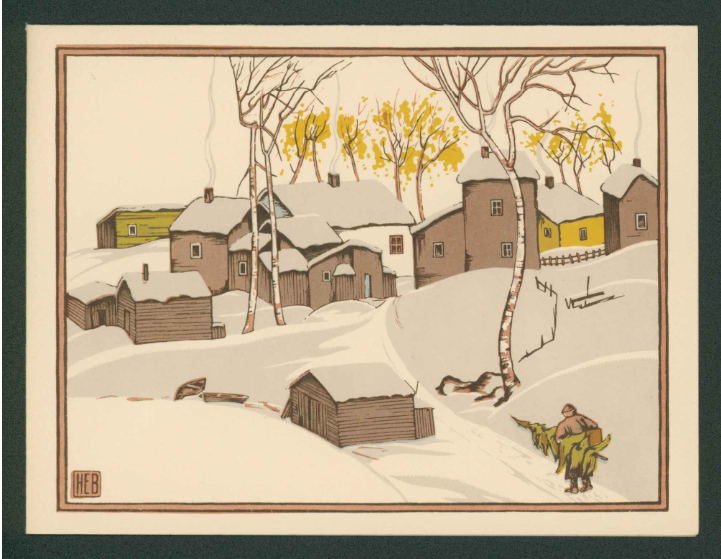
Greeting Card, Mid 20th century, Eric Bergman
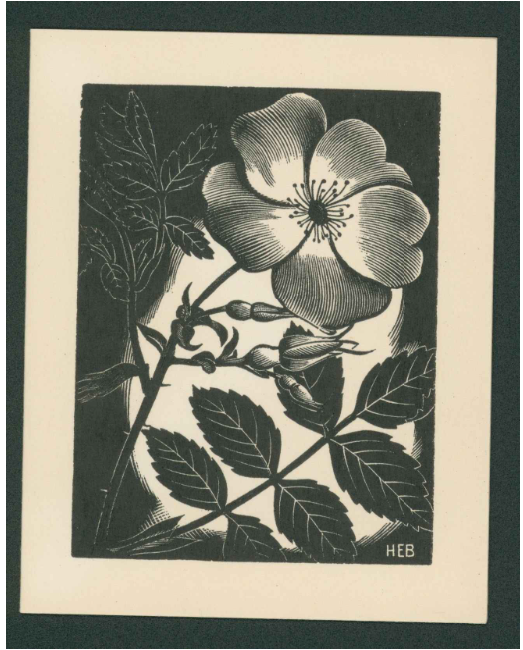
Greeting Card, Mid 20th century, Eric Bergman
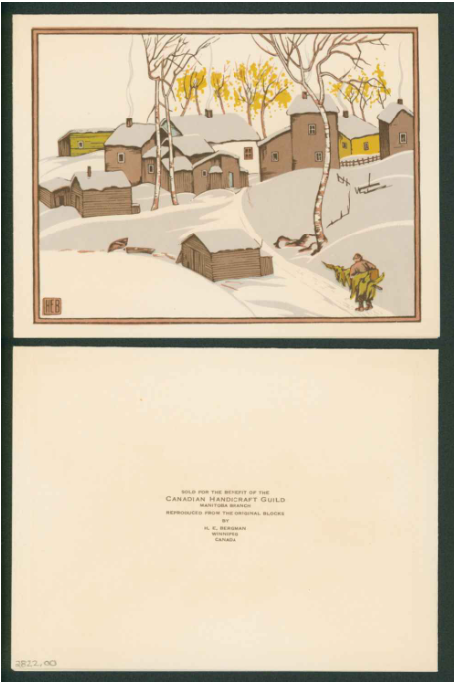
Greeting Card, Mid 20th century, Eric Bergman

Collection of prints, In Memorium of Eric Bergman 1893-1958
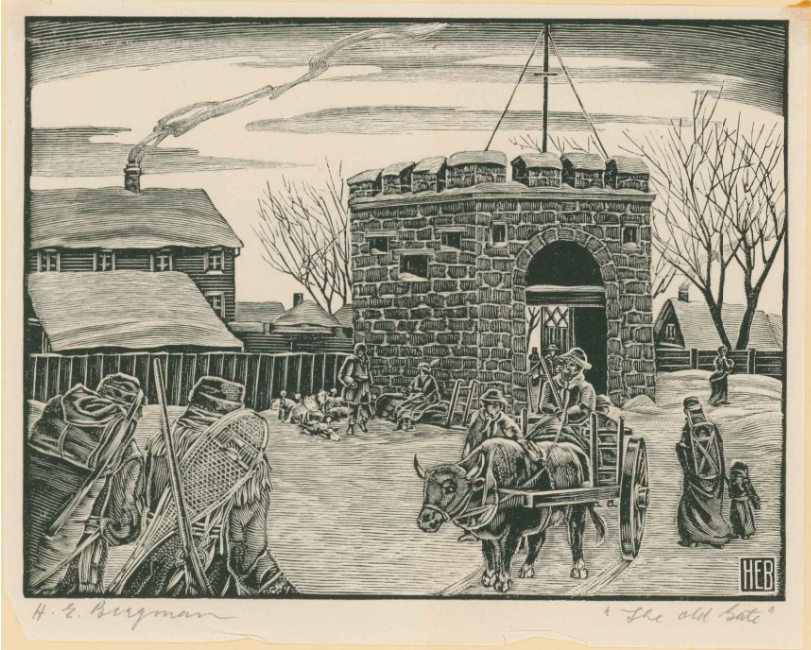
Print of winter scene , Mid 20th century, Eric Bergman
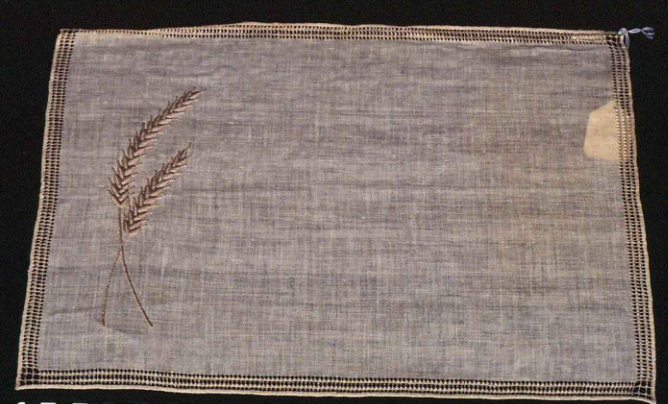
Wheat Embroidered Placemat, Mid 20th century, Eric Bergman design, embroidered by Craft Guild of Manitoba
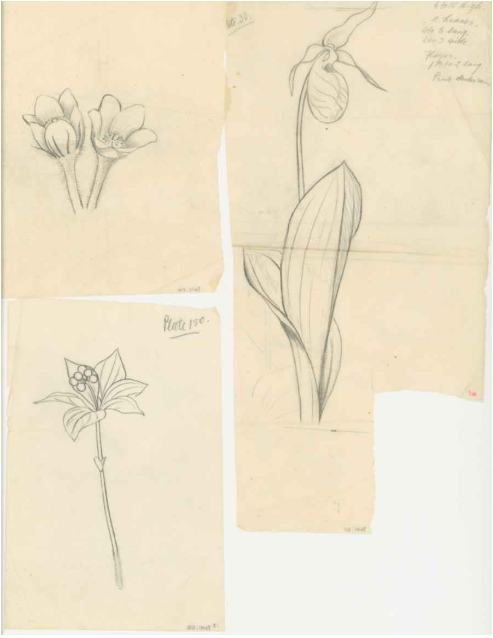
Needlework Pattern Design, Mid 20th century, Eric Bergman
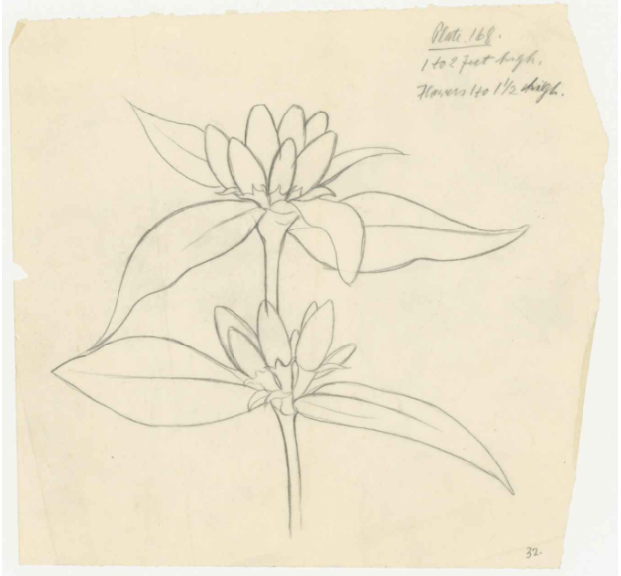
Needlework Pattern Design, Mid 20th century, Eric Bergman
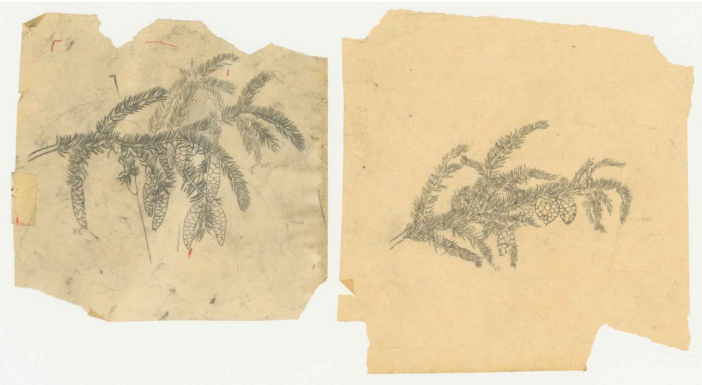
Needlework Pattern Design, Mid 20th century, Eric Bergman
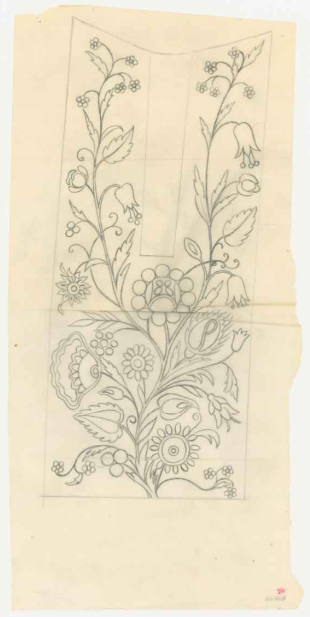
Needlework Pattern Design for blouse, Mid 20th century, Eric Bergman
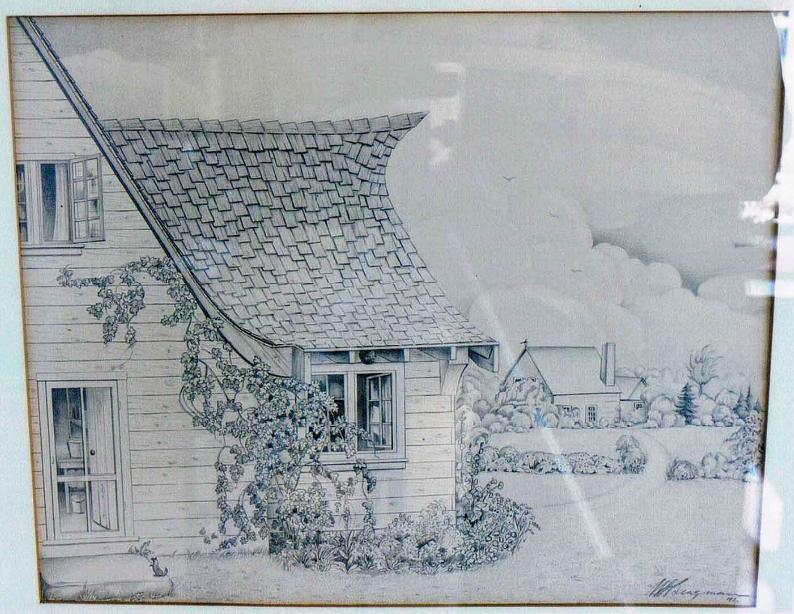
Drawing of Gladys Chown cottage in Lac du Bonnet, Mid 20th century, Eric Bergman
Written by MCML Summer Student 2023, Syd Caldwell
Funding for this blog post was provided by the Young Canada Works (Federal Dept of Canadian Heritage) and the Heritage Grants Program (Province of Manitoba).


